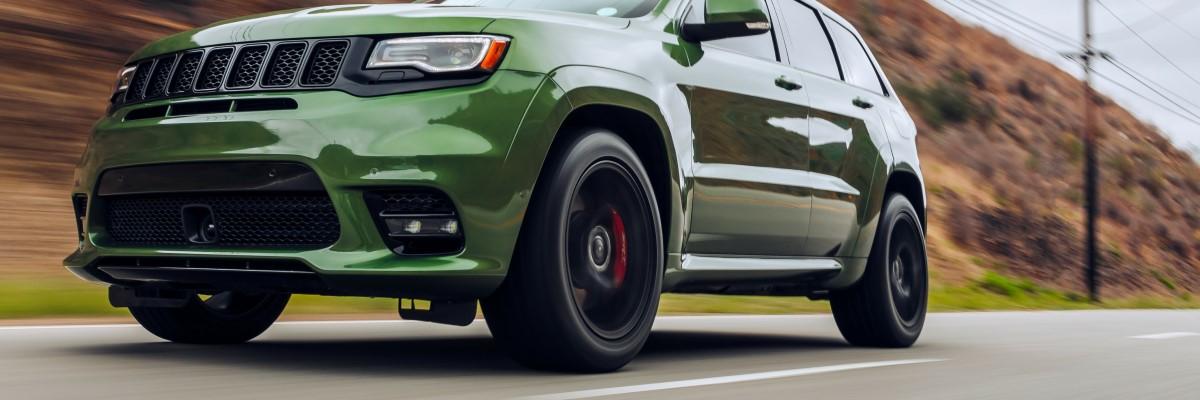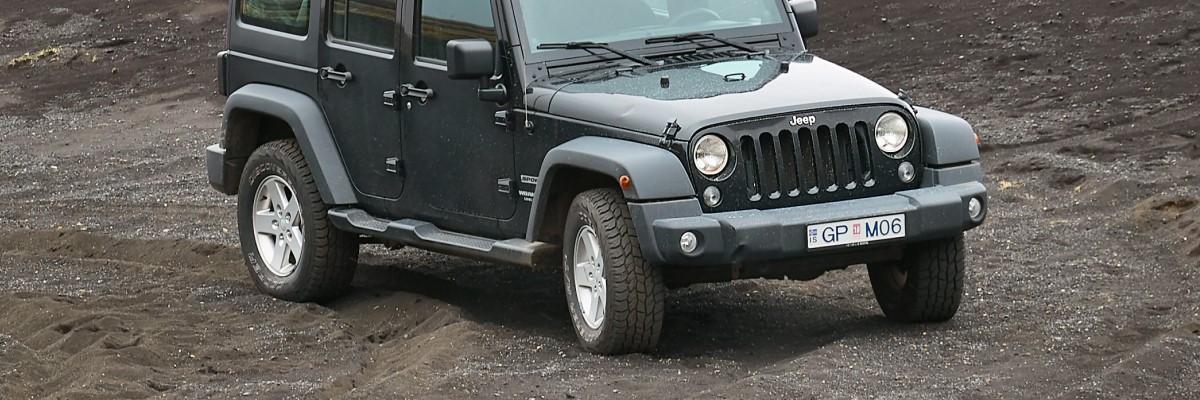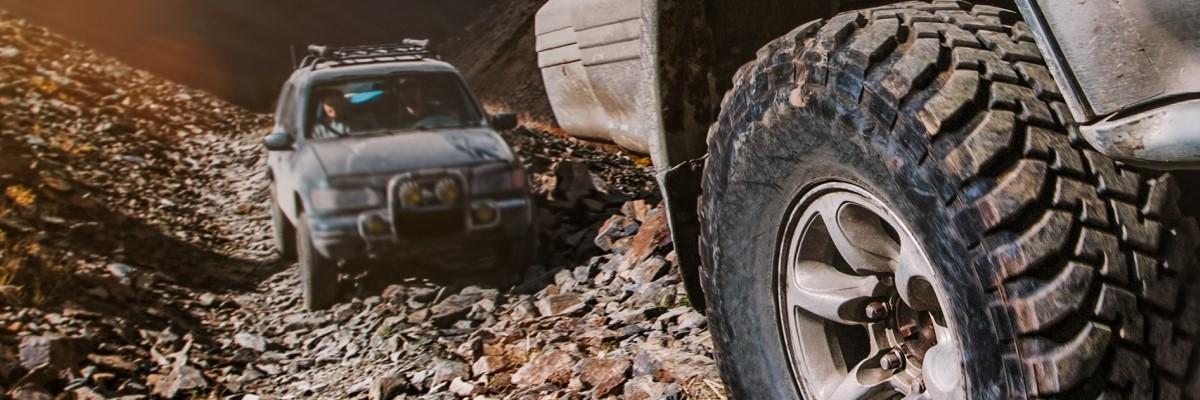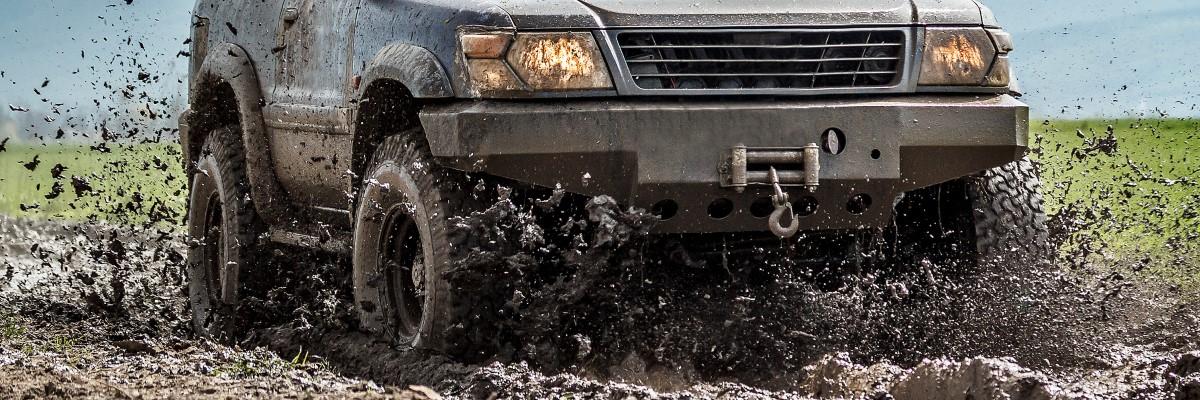The online checkout is currently experiencing issues. If you cannot place your order online, please call us on 0115 9940 900 to place your order.


4X4 & SUV TYRES
Our 4x4 & SUV range covers Highway Terrain (HT), All Terrain (AT), Rugged Terrain (RT) & Mud Terrain (MT) tyres. We offer the well priced & high performing Radar, Accelera & Tomket brands, along with premium offerings from Cooper, Maxxis & Nankang. We do not currenlty offer fitting.
Search our 4x4 and SUV tyre range using our tyre finder below, all you need is your tyre size to start. Ensure you later filter your results to only display tyres that match or exceed your current tyres load and speed index rating to ensure its suitable for your vehicle. Note that 4x4 & SUV vehicles usually require higher load rated tyres than standard car tyres.
4X4 & SUV TYRE BRANDS
4x4 & SUV Tyre Information & FAQs
HIGH PERFORMANCE HIGHWAY - High performance tyres are the tyres that more sporty, high performance SUV's use, such as the BMW X5 and the Porsche Cayenne. These tyres are very similar to high performance car tyres. They provide levels of grip and road holding that you would normally associate with a high performance car tyre. These tyres are intended for 95% road use, and will not provide much traction at all if you choose to leave the road.
HIGHWAY-TERRAIN (HT) - Highway-Terrain (HT) tyres are usually fitted to new 4x4 vehicles by the manufacturer and are usually biased towards 80% road use and 20% off road use. It gives refined and comfortable performance when driving on the road, and also offers some limited ability in mild off road conditions, if the driver decides to drive off the beaten track or across a field for example.
ALL-TERRAIN (AT) - All-Terrain (AT) tyres are a mixture of both an off-road 4x4 tyre and an on-road 4x4 tyre, usually biased towards 50% off-road and 50% on-road capability. All-Terrain (AT) 4x4 tyres have aggressive tread patterns for enhanced traction in mud, sand, loose dirt and gravel. Thanks to their tread block design, they are self-cleaning as the tyres turns. All-Terrain (AT) tyres are not as durable as Mud-Terrain (MT) tyres, but they do still come with enhanced damage resistance often with a reinforced casing and sidewall. Handling is precise, ride quality is good, and noise levels are quite low on pavement. Overall, All Terrain (AT) 4x4 tyres are a good compromise between road performance and off-road capability.
RUGGED-TERRAIN (RT) - Rugged-Terrain (RT) tyres are the ideal balance between All-Terrain (AT) and Mud-Terrain (MT). They are built for better durability and off-road traction than what an All-Terrain (AT) tyre can offer, however, their tall sizes, deep treads and aggressive lug patterns are less pronounced compared to outright Mud-Terrain (MT) tyres. Rugged-Terrain (RT) 4x4 tyres are a perfect choice for drivers that are not willing to sacrifice off-road performance, but still want to enjoy their vehicle on road. Rugged-Terrain (RT) tyres are the best of both worlds and offer excellent performance in all driving situations.
MUD-TERRAIN (MT) - Mud Terrain (MT) tyres are usually 80% off road to 20% road biased. These 4x4 tyres are designed for serious off-roaders and cannot be beaten. With tread patterns having large gaps between their lugs they provide maximum grip and traction in off road envirnments. Mud Terrain (MT) tyres are known to be large, durable and damage-resistant tyres that are designed for trucks with lifted suspensions and extra ground clearance. They are ideal for off-road use, such as rock crawling, as they can be aired-down to provide more traction. However, their on road performance does suffer, they are heavy and noisy on the roads and their wet breaking distances are significantly longer, so Mud Terrain (MT) tyres are not recommended if you cover significant mileage on the road.
Most 4x4 tyre sizes are written in one of two ways, either something similar to 285/57R16, or as a format like 31X10.50R15. These two size markings are explained below:
EXAMPLE 1: 285/75R16, 255/55R18, 285/35R22 - The first number is the tyre WIDTH in mm, the second number after the '/' is the tyre PROFILE of the tyre (height of the sidewall expressed as a percentage of the width), and the third number is the RIM diameter in inches. The 'R' when present within the size, means the tyre is of RADIAL construction, and most 4x4 tyres are Radial construction. So a 285/75R16 tyre is 285mm wide (WIDTH), has a PROFILE of 75% (side walls are 75% of 285mm), is of RADIAL construction and fits a 16" rim (RIM SIZE is 16").
EXAMPLE 2: 31X10.50R15, 35X12.50R15, 37X13.50R20 - It is common for 4x4 tyres to be marked up in this manner. The first number is the tyre HEIGHT in inches, the second number after the 'X' is the tyre WIDTH in inches, the 'R' tells us it a tyre of RADIAL construction, and the final number is the RIM dimeter of the tyre in inches. So a 31X10.50R15 tyre would be 31 inches tall, and be 10.5 inches wide, be of Radial construction and fit on a 15 inch rim.
A 4x4 tyre's Speed Index is the maximum safe speed that the tyre is manufactured to travel at, and is represented by a letter from A to Z. The tyre's Load Index is the maximum weight that the tyre can safely support, and is a one or two digit number. The higher this number is the more weight the tyre can carry. It is imperative for the safety of the vehicle and its occupants that tyres with high enough Speed and Load Indexes are chosen. Check the Load and Speed ratings of your current tyres before ordering replacements. The table below show what each load and speed index number/letter relates to in KG and MPH.
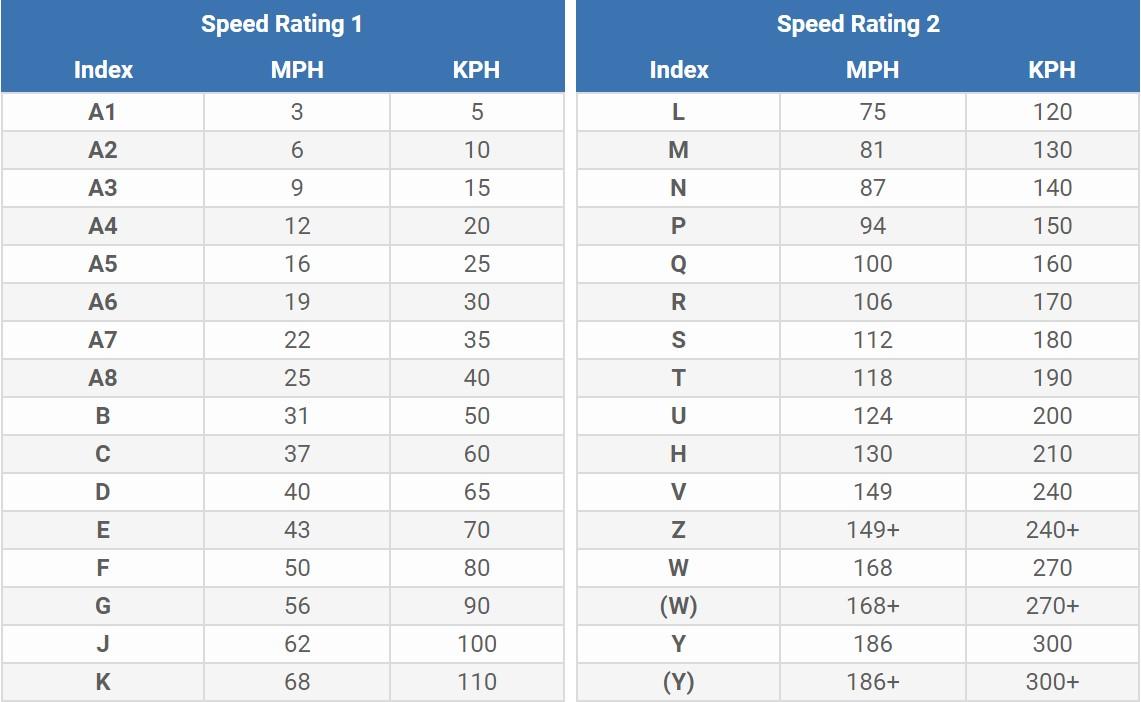
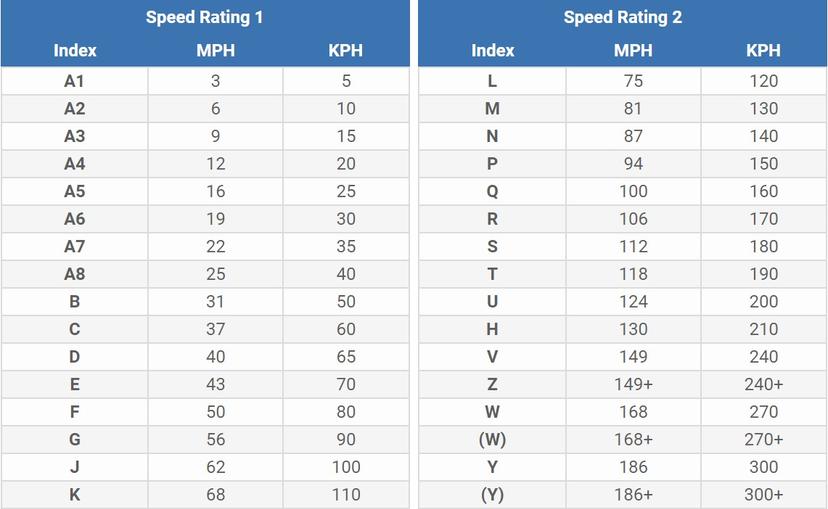
Ply Ratings are common on tyres of Crossply construction, which rarley applies to 4x4 tyres as most are of the more modern Radial construction. Like a Load Index on a Radial tyre a Ply Rating is a measure of a tyre's strength, indicating the maximum load that the 4x4 tyre can safely carry. Tyres with a higher ply rating carry more weight but cost more due to their superior construction and the extra materials used.


